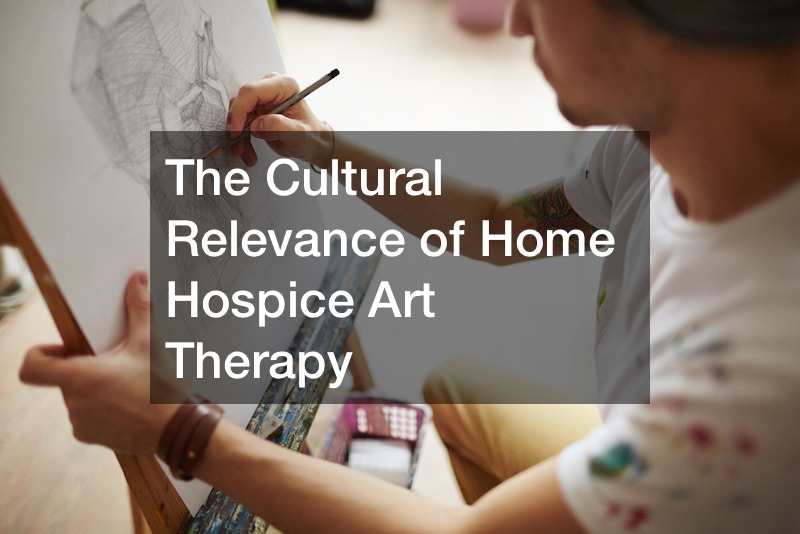The Cultural Relevance of Home Hospice Art Therapy – you can’t buy culture

Since the beginning of time, ed art has been utilized as expression forms. However, it was not until the 20th century that art found its way into the healthcare system. Art That Heals was one of the first groups that pushed art therapy to improving patients’ quality of living and their health. Art therapy was utilized as a way to decrease anxiety for patients with cancer at the UCLA Cancer Center.
American Art Therapy Association (AATA) is committed to the study of arts therapy as a part of palliative treatment. Art therapy has robust research support thanks to numerous studies in the field of dying care particularly for diseases such as chronic heart failure, cancer and HIV/AIDS. Art therapy is a more scientifically supported approach as opposed to CBT. This is also true for palliative treatment.
The AATA employs around five thousand art therapists, as per to the US Bureau of Labor Statistics. They are both employed in private and public healthcare systems. Some offer independent arts therapy at home. Art therapy for home hospice uses multiple modalities, including
Making use of visual art supplies such as painting, collage, molding using clay, painting with fingers doing doodling, and creating sculptures. dancing therapy Cultural relevance for Art Therapy in Home Hospice Care
Many studies have revealed the relevance and significance for art therapy to deal the emotional, physical existence-related, and social conflicts that come with serious disease. Hospice patients have approximately six months or less to live, and the whole hospice philosophy is focused on adjusting to the inevitable death.
Families and friends of patients may make preparations for the final days of their lives by engaging in arts therapy. Consider ways in which art therapy is relevant for those in hospice care by helping them cope with different types of conflicts related to the passing of time.
1. Confr hiluvlc8er.

Leave a comment